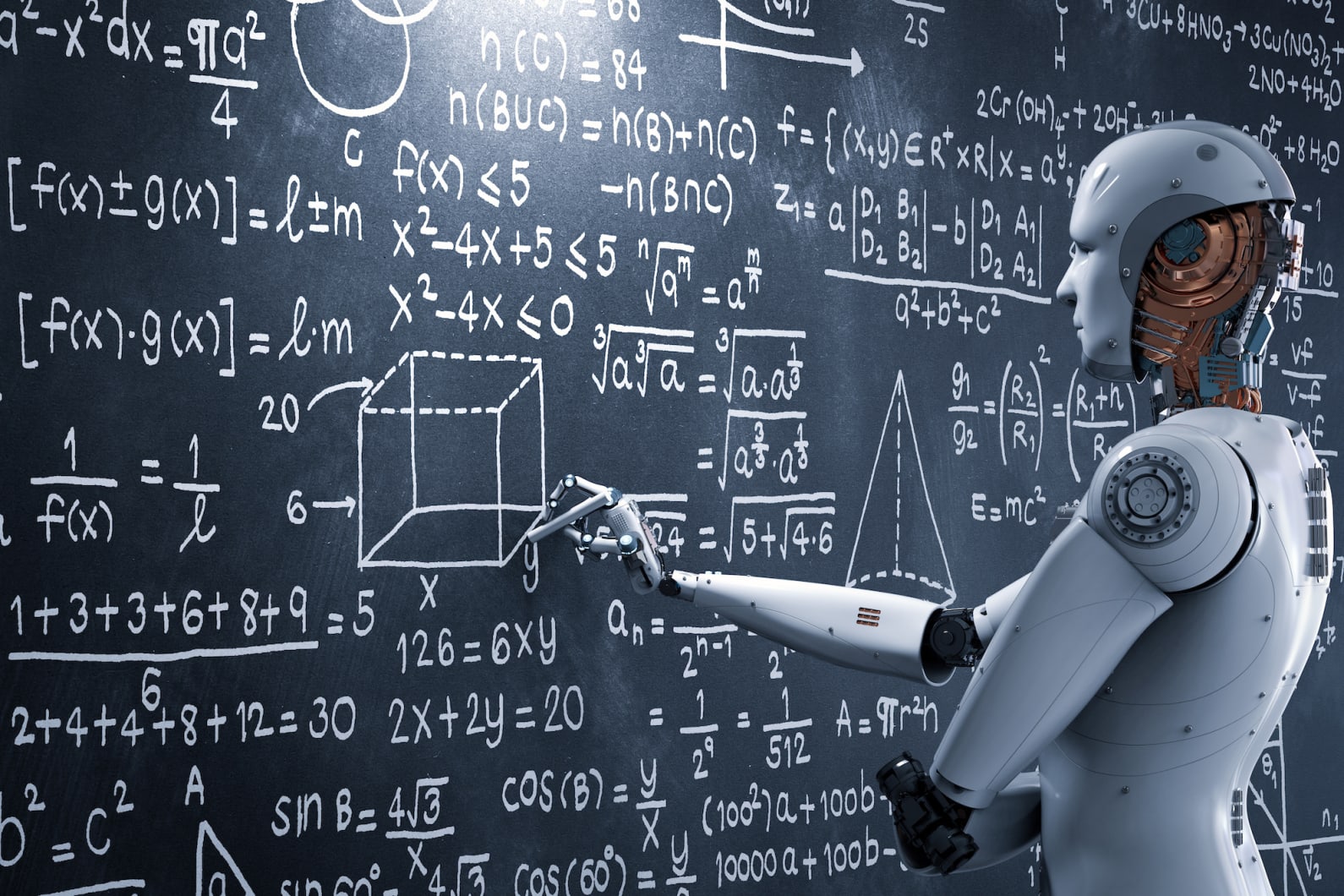Artificial intelligence (AI) has infiltrated just about every domain in our everyday lives. It is a rapidly growing industry that is currently valued globally at over $300 billion dollars and is expected to more than triple by the end of this decade. There is constant talk about how AI has made waves in many sectors, such as the health industry (e.g., disease detection) and the automotive industry (e.g., self-driving cars), but there is not as much talk about artificial intelligence in education (AIED).
AIED is a growing industry that has seen increased demand due to the pandemic. Consequently, AI-driven educational systems have facilitated a change in learning environments and made remote learning less overwhelming for students and educators. With the transition back to in-person learning, there is a growing interest in implementing more AI technology in person as well as remotely. While AI is no replacement for human-based education, there are some benefits to incorporating technology into teaching and learning.
Personalizing the Student Experience
Personalization is a key factor in changing the way students understand course materials. Regardless of program, every student has a unique combination of personality, learning style and cognitive ability. As such, some students can grasp theories and concepts better than others, and some students, who grasp information more slowly, fall through the cracks. Increasing personalized learning not only caters to the student’s learning style, but helps to ensure that fewer students fall behind.
One way in which AI-based learning systems can personalize experiences is by assessing each student’s strengths and weaknesses and identifying where they need to improve. A major player in AIED is Intelligent Tutoring Systems (ITS). An ITS is a student-centred technology that acts like a human tutor and provides personalized feedback to the student when completing assignments, homework, and other required activities. China has implemented the largest ITS in the world with its Squirrel AI program. The Squirrel AI program, which uses algorithms, provides personalized learning for students in kindergarten through grade 12.
Another major software in this realm is Cognitive Tutors, a program by Carnegie Learning that aids students who are struggling in math. Cognitive Tutors was shown to improve student performance on examinations, and its wide distribution allows tutoring to be more accessible to students. Additionally, the large influx of data can help when the system needs to make improvements. Such improvements can include adjusting tutoring practices to better ensure student understanding.
These are just two of the many examples of AI systems being used to help personalize learning in environments where educators struggle to meet every student’s personal needs. With the right AI, personalized learning can be attained by more students, thereby boosting confidence and making their learning more engaging and fun.
How AI Impacts Educators
Another trending AI technology can help educators to identify key areas of the curriculum that a majority of their students are struggling to understand. Use of this technology can also create a more adaptive and innovative classroom experience and reduce the amount of time instructors need to answer the same questions over and over.
Chatbots are gaining in popularity and are a type of AI that can interact with students and answer questions. An AI chatbot used for school inquiries was tested out at a university in Spain. The students were able to ask questions about different resources at the school and the AI provided automated responses that were correct over 90% of the time. Chatbots can be useful for administrators since data collected about types and frequency of questions can be useful for determining what other resources and systems can be adopted by the school to simplify the student experience. Similarly, educators can incorporate chatbots to compile frequently asked questions which they would go over in class.
What’s Next For AIED?
As the market share of AI grows and our progression into the “new normal” continues, the use of AIED will surely continue to expand. Critics fear that AI, such as automation will result in the displacement of educators. However, these systems are meant to work in partnership with educators to improve the classroom experience. AIED is an essential tool for educators because it can help enhance the learning experience for students and helps modernize the classroom.
AI is the future, so it is pertinent for schools and educators to invest the time and effort into incorporating this technology in the classroom.



